Iran and India have historically maintained friendly and cooperative relations, and as the world moves toward a multipolar order, these two countries are poised to play a crucial role in shaping the new trade and connectivity patterns across Eurasia, reads the opening of an article by Emil Avdaliani, a professor of international relations at the European University in Tbilisi, Georgia, and a scholar on the Silk Road. The full text published by India Briefing follows:
Geopolitical developments in the region, such as the reimposition of US sanctions on Iran, have had a significant impact on their economic ties. Despite these challenges, both nations are actively exploring ways to boost their trade and investment relations, which could have a significant impact on the economic landscape of the region.
Trends in India-Iran Trade
In 2021, India exported goods worth $1.28 billion to Iran, primarily consisting of rice ($662 million), tea ($96.8 million) and bananas ($46.1 million). Iran, on the other hand, exported goods worth $379 million to India, with the major items being nuts ($100 million), ammonia ($58.2 million), and apples and pears ($48.3 million).
Additionally, Iran also exported small quantities of products such as methanol, toluene, pistachios, dates, almonds, crude oil, liquefied butane and propane, bitumen and mineral base oil, stone and mineral salts such as marble and clinker cement.
Between 1995 and 2021, Iran’s exports to India have been on a declining trend, with an average annual decrease of 1.08% from $502 million to $379 million during the period. Indian exports to Iran have also been on a similar downtrend, with a decrease in value from INR10.57 billion in January 2023 to INR7.88 billion in February 2023.
The declining trend in trade between Iran and India has had a negative impact on their bilateral commerce. In FY 2022, India-Iran bilateral trade amounted to US$1.91 billion, registering a drop of around 9% compared to total trade value of US$2.10 billion in FY 2021. Furthermore, a closer analysis of long-term trade trends reveals an even more significant decline, as trade between Iran and India had reached $18 billion before the US withdrawal from the Joint Comprehensive Plan of Action (JCPOA). However, the reimposition of US sanctions on Iran led to India prioritizing its relationship with the US, causing economic and investment ties with Iran to stagnate.
Addressing Trade Decline: Challenges & Opportunities
What are the primary obstacles to India-Iran economic cooperation?
External factors have had a significant impact on India-Iran relations, resulting in several geopolitical setbacks.
India halted the purchase of Iranian oil following the US withdrawal from JCPOA, and the Chabahar Port and rail project’s long-term investment agreement faced significant delays.
India is apprehensive about the growing strategic partnership between Iran and China, particularly after the signing of a 25-year agreement. Beijing’s plan to expand its maritime trade network and gain access to shipping routes has created a clash with India’s aspirations.
US sanctions on Iran have curtailed Iran’s ambitions to become a significant energy supplier to India. Since the sanctions were reimposed, Arab products have replaced Iranian goods such as oil and petrochemicals.
India is likely to maintain its policy of avoiding sanctions violations due to the fear of economic repercussions. For example, when an Indian company purchased oil from Iran in September 2022, the US imposed sanctions. This will continue to be a major constraint on the expansion of investment ties and economic relations between Iran and India.
India’s relations with Iran’s rivals, Israel and the United States, pose another complication for bilateral ties. Despite efforts by New Delhi and Tehran to separate their relationship from US and Israeli factors, this strategy has not been successful.
Israel is critical to India because it is one of India’s largest military suppliers. India also values its ties with the US, which it considers a counterweight to China’s Indo-Pacific ambitions, despite occasional tensions.
Solutions for Improving Trade Ties
To address the decline in trade, the Reserve Bank of India (RBI) – India’s central bank – announced in July 2022 that it will use the rupee payment mechanism to facilitate business transactions with countries, including Iran and Russia, that are under economic sanctions. RBI has also established a mechanism that allows for instant payment options to facilitate international trade in rupees.
Another way to enhance bilateral commercial ties is to lower India’s high tariff on Iranian agricultural goods. This could be achieved through special economic mechanisms like signing preferential trade agreements between New Delhi and Tehran.
An alternative could be to establish an agreement similar to the 25-year investment deal signed between China and Iran. India has expressed interest in such an agreement, but concrete steps have not been taken yet.
Iranian and Indian officials and experts concur that the most effective means to enhance their relationship is by promoting mutual investment, reducing tariffs and expanding cooperation in the pharmaceutical and production sectors. They propose cooperation in areas such as the production of herbal medicines, Indian investment in Iranian downstream oil projects and petrochemicals aimed at the Indian market. Unfortunately, much of this is impeded by the primary geopolitical obstacle of US sanctions on Iran, which were reinstated in 2018.
Aligning Economic, Geopolitical Interests Through Chabahar Port, INSTC
India and Iran are not considered geopolitical rivals, despite occasional challenges in their bilateral relations. In fact, their economic and geopolitical interests align in many areas, particularly in transit, energy and commerce.
As a member state of BRICS and the Shanghai Cooperation Organization, India is critical to Iran not only in terms of trade, investment and security, but also in Tehran’s broader vision of advancing a multipolar world order with its pivot to the East.
Iran and India are jointly working on the International North-South Transportation Corridor, which is a 7,200-kilometer network of sea, rail and road routes connecting Mumbai in India to northern Europe through Iran, Azerbaijan, and Russia. Chabahar Port in southern Iran plays a crucial role in aligning India’s interests with Iran’s, as it provides India with access to the markets of Russia, Central Asia and potentially Europe.
Although the cooperation agreement between Iran and India for the management and development of Chabahar Port was signed in 2003, it gained momentum in 2016 when a memorandum of understanding was signed, and India committed to investing US$85 million in the port’s infrastructure. However, due to various challenges, including the US sanctions, the full operation of Chabahar Port could not be completed by the end of 2019. Out of the US$85 million of India’s investment, US$25 million have been allocated and progress has been slower than anticipated, according to the Iranian side.
While India was exempt from US sanctions amid the work in the Iranian port, completing the Chabahar project has been challenging due to various constraints. India has, however, continued to invest in the project and doubled the amount of money allocated to Chabahar Port in FY 2022, demonstrating its commitment to the project’s success.
While US sanctions have presented challenges to the development of Chabahar Port, there are other geopolitical factors that could benefit the project. The conflict in Ukraine has pushed Russia to explore alternative trade routes and INSTC presents an attractive option.
This could inadvertently lead to increased trade between India and Iran and bring Russia and India closer in implementing longstanding Eurasian projects. There is still room for improvement in the diversity and quality of Iran-India trade.
At present, the majority of trade is centered around fruits and natural resources, and addressing this issue will require overcoming structural hurdles and waiting for a more favorable geopolitical climate, such as the renewal of JCPOA.


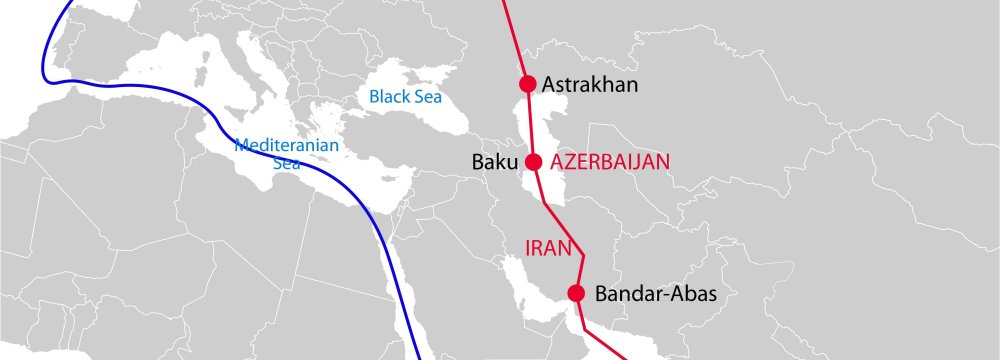
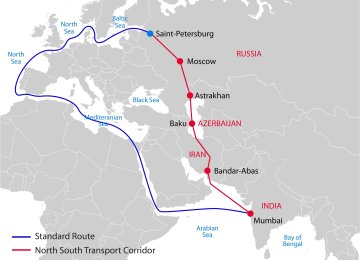
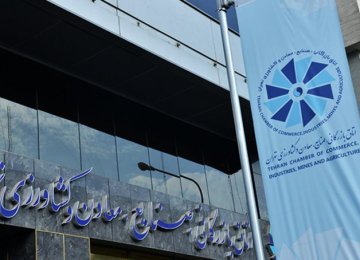
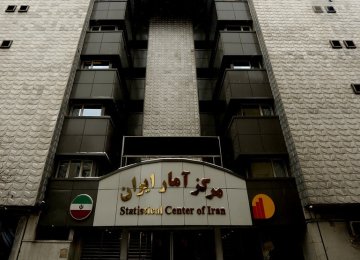
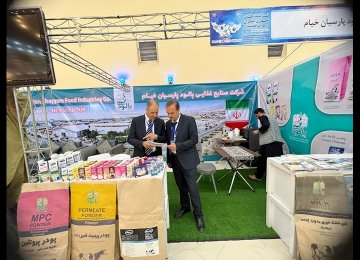
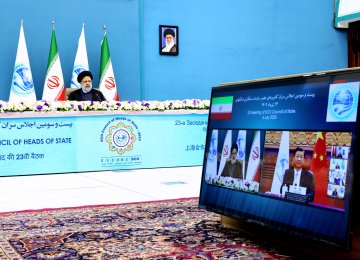

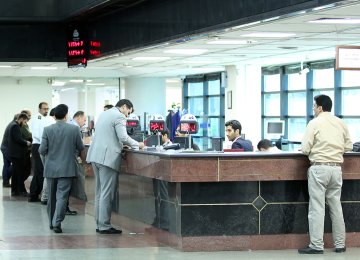
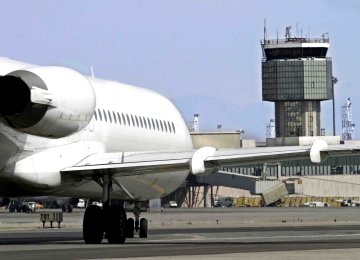


Add new comment
Read our comment policy before posting your viewpoints